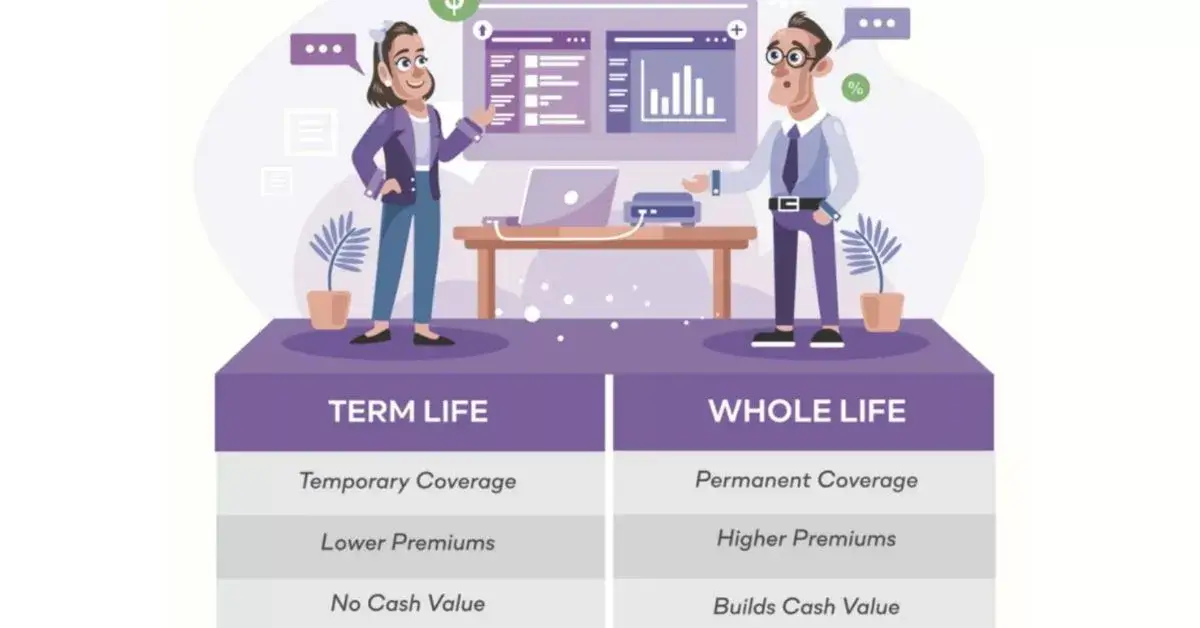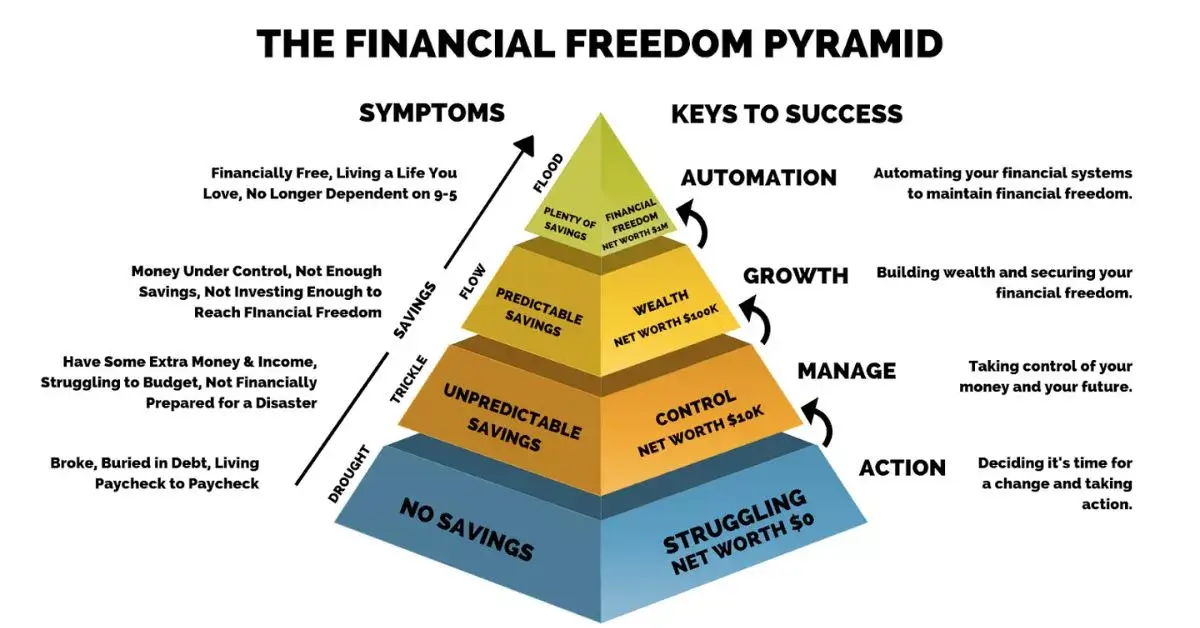Infinite banking is the practice of establishing a line of credit with a permanent insurance policy, most commonly entire life insurance. The cash value of a whole-life policy grows over time at a set rate. You can start taking out loans against your life insurance coverage once you’ve saved up enough money.
Instead of using payday loan services or their savings accounts, individuals are encouraged to use the infinite banking concept to make larger purchases by adding to their cash value and borrowing against it. It’s promoted as a means to reduce the interest you have to pay on regular borrowing from banks.
The idea was first proposed by economist Nelson Nash in the 1980s, and it was expanded upon in his 2000 book “Becoming Your Own Banker: Unlock the Infinite Banking Concept.”
What is the mechanism of infinite banking?
Infinite banking is more of a tactic than a life insurance product. It is commonly associated with cash-value life insurance policies known as “whole life” policies. Insurers often offer a defined rate of return on the cash value of whole life policies. A cash value loan can be obtained from a life insurance company if the policy has accrued adequate cash value for borrowing purposes. Whole life insurance plans have a cash value due to these traits, which Nash called “equity.”
Cash value loans carry interest rates similar to those of traditional loans. However, unlike conventional loans, policyholders are not subject to the same credit requirements when applying for an insurance loan. If you borrow too much money and don’t have enough money to pay for your life insurance, you could lose your coverage under infinite banking.
Cash value loans are interest-free and do not require repayment by the policyholder. However, there are repercussions for not paying back the loan, such as a possible reduction in the death benefit paid to the policy’s beneficiaries.
There are benefits to cash value life insurance, but there are also some drawbacks. It is dangerous to use a whole life policy as a vehicle for infinite banking unless you keep a close eye on your cash worth.
More- Save Smarter, Not Harder: Practical Personal Finance Strategies.
Several benefits of infinite banking
- There are benefits to using life insurance as a form of investment and infinite banking.
- The tax advantages of permanent life insurance.
- Loans taken out of the cash value of a permanent life insurance policy are not subject to taxation, and neither is the cash value itself. Death benefits are also not subject to taxation.
- Capital gains are assured with whole life insurance.
The cash value growth of whole life plans is not linked to market performance like that of other permanent policies; rather, the returns are fixed at a rate determined by the insurer. Mutual life insurance policies may also be eligible for annual payouts based on the financial success of the insurance business.

Loan applications are facilitated by cash value policies.
Traditional lenders’ processes for approving personal loans often entail loan applications, credit checks, and specified repayment periods. In contrast, policyholders with whole life insurance who have accrued enough cash value are eligible to borrow against that value without having to provide collateral or undergo credit checks. This access to funds can boost cash flow and give policyholders peace of mind by protecting their ability to pay for unforeseen costs like medical bills.
Payment terms can be adjusted as needed.
A cash value loan does not require repayment on a set schedule or at all if you are not concerned with keeping your life insurance in force. If you want the flexibility to pay back a loan when it’s convenient for you, this could be a good option.
Infinite Banking Has Drawbacks
- Self-financing can be a costly and convoluted financial strategy. Take these drawbacks into account before committing fully.
- Costs a lot of money for whole life coverage.
- Whole life insurance premiums are high due to the policy’s permanent nature and the cash value component.
The annual premium for a $500,000 whole life insurance policy for a healthy 40-year-old male is around $7,028. A female might spend $5,937, a discount of 3%. Long-term, steep premiums are inevitable if you want to engage in infinite banking. The average cost of a $500,000 term life insurance policy over 20 years for a healthy 40-year-old male is $334 each year. A female could pay as little as $283, which is much less than the typical premium for entire life insurance.
For the vast majority of people, term life insurance is adequate. It’s a type of insurance that covers you for a certain number of years (often 10, 15, or 20) and pays out if you die within that time frame.
It takes a long time for cash value to accumulate.
It can take years to accumulate enough financial value to qualify for a loan without incurring excessive fees and interest. You won’t get rich quickly with infinite banking unless you have a large sum of money to invest in your policy’s cash value. To leave a death benefit to your beneficiaries is the primary goal of whole life insurance, not to accumulate wealth.
More about the Finance is here-
- 5 Surprising Ways to Save Money and Improve Your Finances Starting Today!
- The Ultimate Guide to Mastering Your Finances: Tips and Tricks for Financial Success!
It’s not cheap to overfund a policy
For infinite banking to function, you’ll need to make significant initial deposits into your policy’s cash value. Typically, you’ll need to set aside about 10% of your monthly salary for the policy, which may be too much.
Banking on infinity is a tricky concept
There are nuances to consider when using life insurance as a liquid investment. If you want to keep your life insurance coverage in place, you’ll need to be self-disciplined and keep a close eye on the cash worth of your policy. To find out if infinite banking is right for your needs, wants, and budget, it’s best to see a fee-only financial counselor.
Infinite Banking Alternatives
“Banking on yourself” isn’t the optimal strategy for everyone. When shopping for life insurance, keep in mind the following:
Consider purchasing a term life policy. When you have a mortgage, student loans, and a young family to support, those are the years when you need life insurance the most. Get life insurance quotes from multiple providers and choose the one that offers the best overall value.
Put money into a Roth IRA or a traditional IRA. Consider putting the money you would have spent on whole life premiums into a 401(k) or Roth IRA if you opted for term life insurance instead. These accounts can help you save for retirement and provide your family with life insurance for as long as they need it.

Put money into a savings account just in case. Instead of focusing on an infinite banking approach, you should prioritize building up an emergency reserve. Get yourself set up with a high-yield savings account and save up enough money to meet your bills for three months. The 50/30/20 budget formula could be a nice place to begin.
